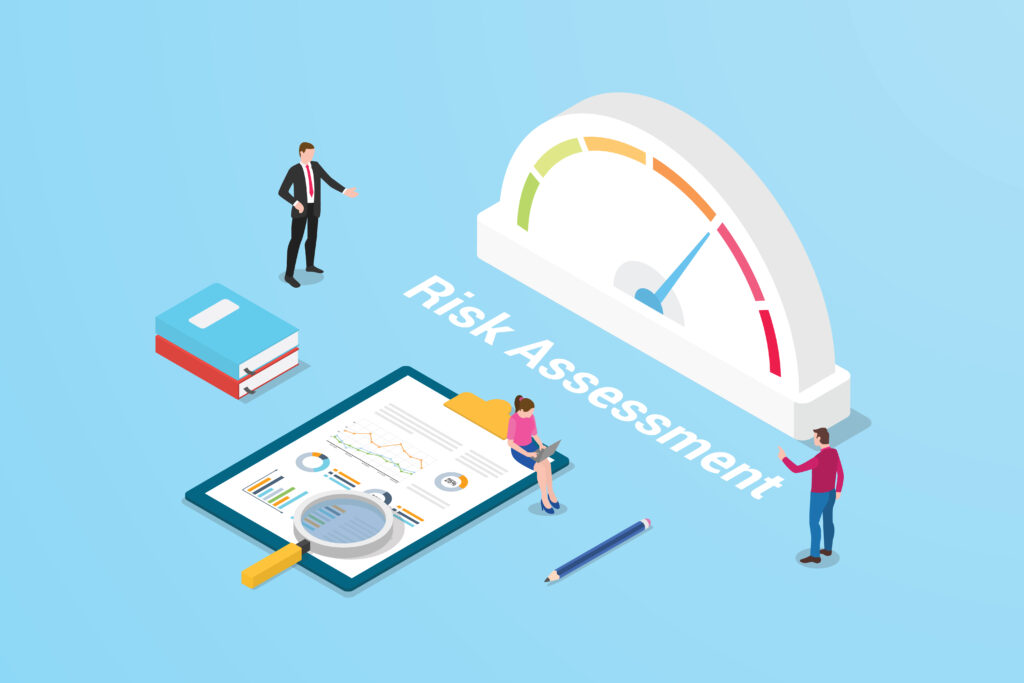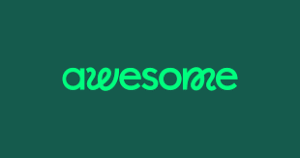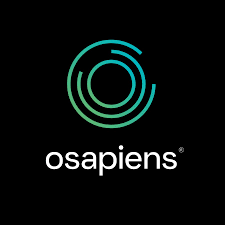Top 5 GRC Platforms Powering Smarter, Faster Risk Decisions

Organizations today face a relentless combination of regulatory complexity, cyber threats, and operational disruption. Static compliance programs and siloed tools are no longer sufficient. The global market for GRC platforms, software that integrates governance, risk, and compliance functions, was valued at approximately $49.2 billion in 2024 and is projected to reach $127.7 billion by 2033, growing at a compound annual growth rate of 11.2%. This surge reflects a strategic reality, GRC platforms are no longer optional, they are enterprise-grade infrastructure that connects risk, compliance, and business strategy in real time.
The right platform consolidates fragmented data, automates manual compliance workflows, and equips executives with actionable insights. Organizations leveraging these tools can anticipate risks, reduce audit cycle times, and optimize operational efficiency. The five vendors below, ServiceNow, AuditBoard, MetricStream, LogicGate, and IBM OpenPages, represent the top tier of this transformation, each offering distinct advantages depending on enterprise scale, industry, and risk appetite.
1. ServiceNow GRC Platform
Overview: ServiceNow GRC sets the standard for enterprise-scale integration. Its architecture embeds risk management directly into operational workflows, allowing large organizations to detect, escalate, and remediate issues faster than traditional systems.
Key Features:
- Unified modules for risk, policy and compliance, audit, and vendor risk management
- Automated workflows with escalation paths and remediation tracking
- Integration with ITSM, ERP, and identity systems for seamless evidence collection
- Configurable dashboards and real-time continuous monitoring
Pros:
- Deep integration reduces operational silos and improves visibility across global operations
- Automation accelerates remediation and strengthens audit trails
- Scales effectively for multinational organizations with complex regulatory landscapes
Cons:
- High implementation complexity requiring specialized internal resources
- Licensing and customization costs are substantial for smaller organizations
- Can feel heavyweight for teams needing only basic compliance tracking
Analytical Insight: ServiceNow excels where operational control and enterprise scale are critical. Its strength lies in embedding GRC into core processes, turning compliance from a static requirement into a dynamic, integrated discipline.
2. AuditBoard
Overview: AuditBoard is engineered for audit-centric organizations, offering intuitive workflows that streamline SOX compliance, audit management, and risk assessment. It emphasizes speed, transparency, and accountability.
Key Features:
- Audit, risk, and SOX management modules with automated evidence collection
- Real-time dashboards for control effectiveness and remediation tracking
- Collaboration tools that consolidate reviewer commentary and approvals
- Automated task assignment, attestation, and reporting
Pros:
- User-friendly interface encourages adoption across finance and compliance teams
- Centralized evidence management significantly reduces audit cycle time
- Strong reporting capabilities for regulators and internal stakeholders
Cons:
- Primarily audit-focused, with less robust enterprise risk capabilities
- Integration options with large, complex systems are limited compared with enterprise GRC suites
- May not scale optimally for multi-entity global organizations
Analytical Insight: AuditBoard shines in organizations seeking rapid audit execution and clarity. Its strength is in efficiency and transparency rather than enterprise-wide risk orchestration, making it ideal for finance-led compliance programs.
3. MetricStream
Overview: MetricStream offers one of the most comprehensive enterprise GRC suites available, covering risk, compliance, audit, and cybersecurity under a single architecture. Its depth and configurability make it a preferred choice for large, regulated organizations.
Key Features:
- Centralized data model connecting enterprise, operational, and third-party risks
- Prebuilt frameworks for ISO, NIST, and other regulatory standards
- Integrated modules for audit, policy governance, and incident management
- Advanced analytics and board-level dashboards
Pros:
- Comprehensive coverage across multiple risk and compliance domains
- Highly configurable for multi-layered organizations and complex regulatory needs
- Mature taxonomy and control libraries accelerate deployment
Cons:
- Implementation cycles can be lengthy, often requiring vendor professional services
- Cost and operational overhead may be high for midmarket firms
- User interface can feel dated compared with newer no-code platforms
Analytical Insight: MetricStream is the platform of choice for enterprises seeking centralized control and consistency. Its configurability supports global governance structures, but maturity in internal processes is critical to fully leverage the system.
4. LogicGate Risk Cloud
Overview: LogicGate Risk Cloud applies a no-code, modular philosophy to GRC. Its flexibility allows organizations to quickly design, iterate, and deploy risk and compliance workflows, ideal for agile teams or fast-moving industries
Key Features:
- No-code builder for ERM, third-party risk, audit, and compliance workflows
- Relationship mapping connecting risks, controls, and incidents
- Automated notifications, evidence collection, and reporting templates
- APIs and integrations for external data sources
Pros:
- Rapid deployment and prototyping reduce time-to-value
- Accessible to non-technical users, enabling business ownership of GRC processes
- Flexible enough to accommodate evolving regulatory requirements
Cons:
- Requires disciplined governance to avoid inconsistent process design across teams
- Advanced analytics may require additional setup for enterprise reporting standards
- Less suitable for extremely large or heavily regulated organizations
Analytical Insight: LogicGate democratizes GRC by allowing teams to iterate quickly. Its competitive advantage is agility, and organizations that need speed and adaptability can implement controls faster than they can with traditional enterprise suites.
5. IBM OpenPages
Overview: IBM OpenPages integrates modular GRC functions with AI-driven analytics. It targets enterprises that want predictive insight into risk exposure and operational impact, providing foresight beyond traditional compliance tracking.
Key Features:
- Modular architecture for operational risk, compliance, internal audit, and IT governance
- AI-powered analytics for unstructured data, regulatory horizon scanning, and predictive risk models
- Integration with IBM Cloud, Watson, and enterprise data platforms
- Flexible deployment across cloud, hybrid, or on-premises environments
Pros:
- Predictive analytics improve early detection of potential control failures
- Scales to meet complex regulatory and multinational enterprise requirements
- Robust IBM ecosystem support and enterprise-grade services
Cons:
- High learning curve and configuration complexity
- Premium pricing and potential customization costs
- Usability requires investment in training and configuration optimization
Analytical Insight: IBM OpenPages delivers AI-enhanced foresight, enabling enterprises to act on emerging risk trends before they materialize. Its strength is predictive capability, but only organizations with mature risk governance can fully exploit it.
Strategic Outlook: The Next Generation of GRC Platforms
The evolution of GRC platforms is accelerating along three key vectors: automation, AI, and real-time integration. Analysts predict automation will reduce compliance costs by up to 30% within five years, as continuous monitoring replaces manual evidence collection. Platforms such as IBM OpenPages and ServiceNow are embedding machine learning to anticipate control failures and regulatory gaps
Regulatory expectations are shifting toward continuous assurance. ESG disclosure requirements, global data privacy laws, and AI accountability regulations are driving demand for platforms that link compliance to operational performance metrics. GRC platforms that provide predictive insight, actionable intelligence, and enterprise-level visibility will define competitive advantage in the next decade.
Success will hinge on three capabilities:
- Connected data: Integration across finance, IT, operations, and third-party vendors
- Predictive analytics: Machine learning models that anticipate compliance gaps before audits
- User-driven design: Interfaces powerful enough for risk officers, yet intuitive for business managers
Conclusion
GRC platforms have shifted from back-office tools to strategic infrastructure. ServiceNow leads in operational integration, AuditBoard excels in audit efficiency, MetricStream delivers enterprise-wide coverage, LogicGate provides agile, no-code flexibility, and IBM OpenPages offers AI-powered predictive risk insights
Enterprises adopting these Top 5 GRC platforms can centralize risk data, automate compliance workflows, and make faster, smarter decisions that mitigate operational and regulatory risk. For modern organizations, GRC platforms are no longer just a compliance tool, they are a foundation for sustainable growth and competitive advantage





